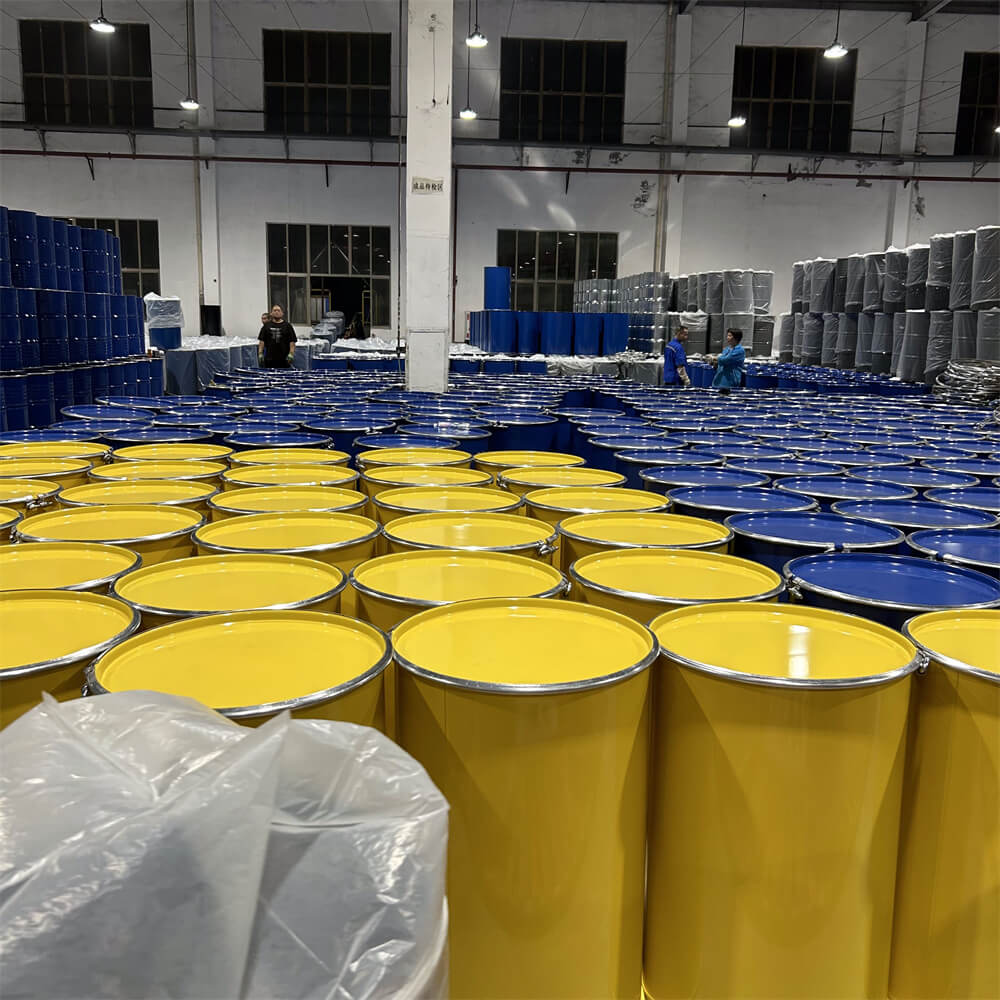Introduction: The oil industry has remained a cornerstone of global energy consumption, powering various sectors of economies worldwide. Central to the oil trade is the iconic oil barrel, a symbol of energy, commerce, and geopolitics. As the world transitions towards renewable energy sources and sustainable practices, it becomes imperative to analyze the future trends in the development of oil barrels. This article aims to provide a comprehensive market analysis of the potential directions in which the oil barrel industry is heading.
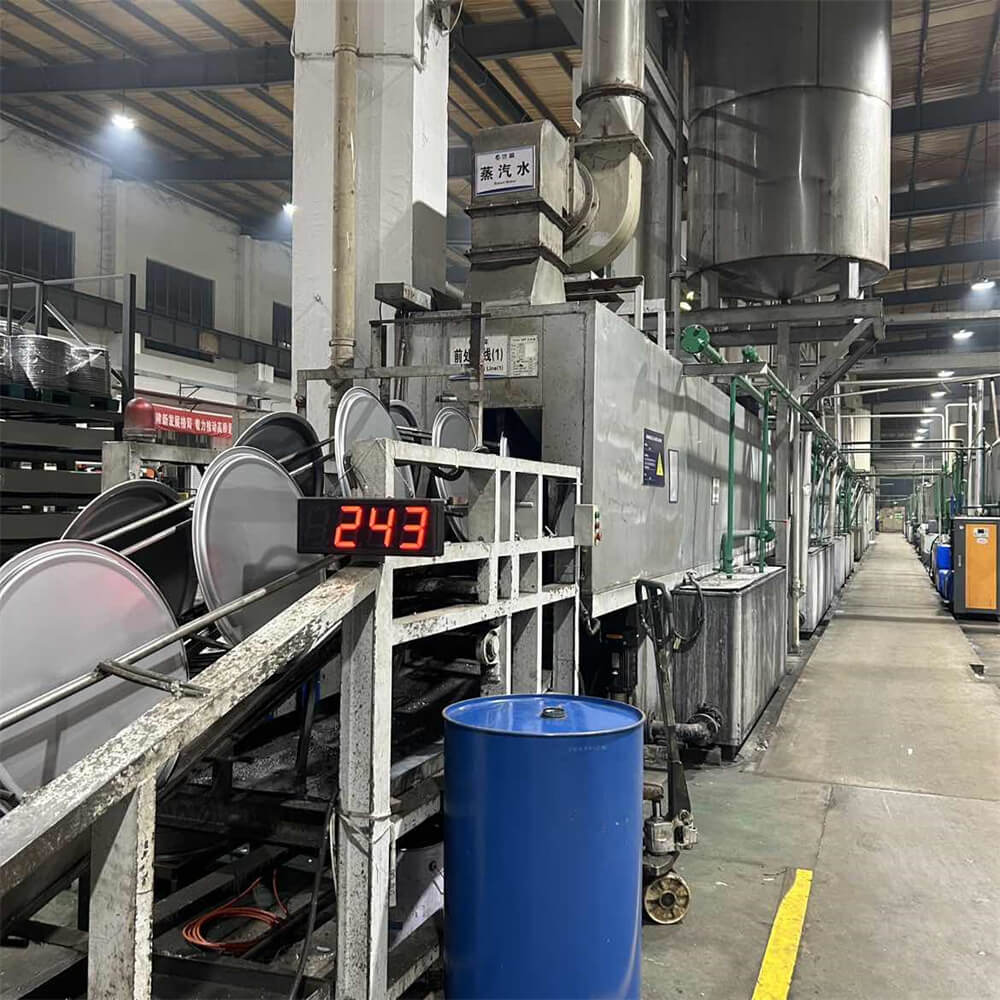
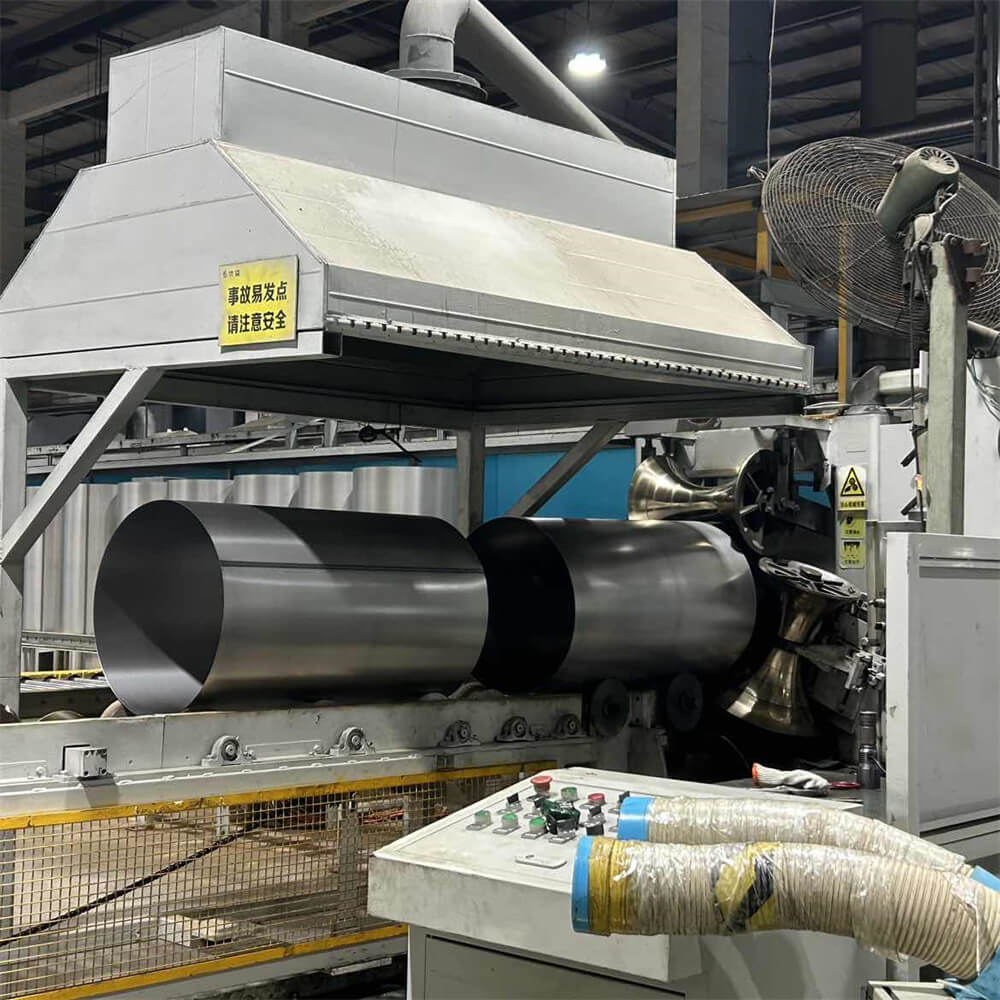
- Sustainability and Environmental Concerns: In recent years, environmental consciousness and the push for sustainability have gained significant traction. As a result, the oil industry is under pressure to reduce its carbon footprint. This trend is likely to extend to the packaging aspect as well. The development of eco-friendly and recyclable oil barrels could become a prominent strategy for oil companies to align themselves with sustainability goals and consumer preferences.
- Innovative Materials and Design: Advancements in materials science and engineering are likely to influence the design and construction of oil barrels. Lighter, stronger, and more durable materials could lead to barrels that are easier to handle, transport, and store. Innovative designs might incorporate features such as improved leak detection systems and more efficient stacking methods, further enhancing the efficiency of oil logistics.
- Smart and Connected Barrels: The era of the Internet of Things (IoT) is transforming industries, and oil barrels could be no exception. Incorporating IoT technologies into barrels could allow for real-time tracking of oil shipments, temperature and pressure monitoring, and even predictive maintenance. This level of connectivity could optimize supply chain management and reduce losses due to leakage or spoilage.
- Regulatory and Safety Compliance: Stringent regulations and safety standards play a crucial role in the oil industry. As environmental and safety concerns rise, oil barrels might need to meet more rigorous regulatory requirements. This could drive the development of specialized coatings, sealants, and safety mechanisms to prevent spills and accidents during transportation and storage.
- Diversification of Energy Sources: While the demand for traditional fossil fuels remains substantial, the global shift towards renewable energy sources is undeniable. Oil companies are increasingly diversifying their portfolios to include renewable energy projects. This diversification might influence the future of oil barrels, potentially leading to multi-purpose containers that can transport both conventional oil and alternative energy products.
- Geopolitical and Economic Factors: The geopolitical landscape has always played a significant role in the oil industry’s development. Shifts in political alliances, trade agreements, and economic conditions could impact the demand and distribution of oil barrels. Additionally, global economic trends and shifts in energy demand might drive changes in barrel sizes, specifications, and distribution networks.
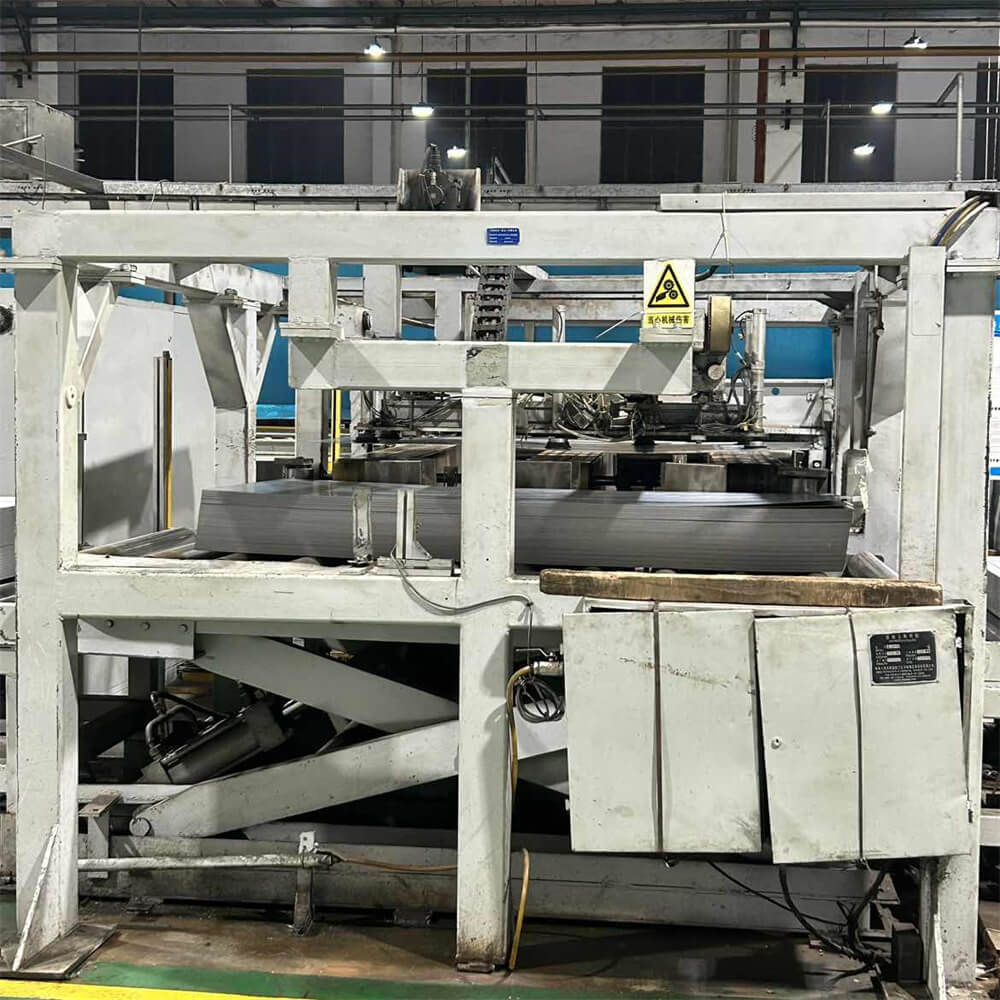
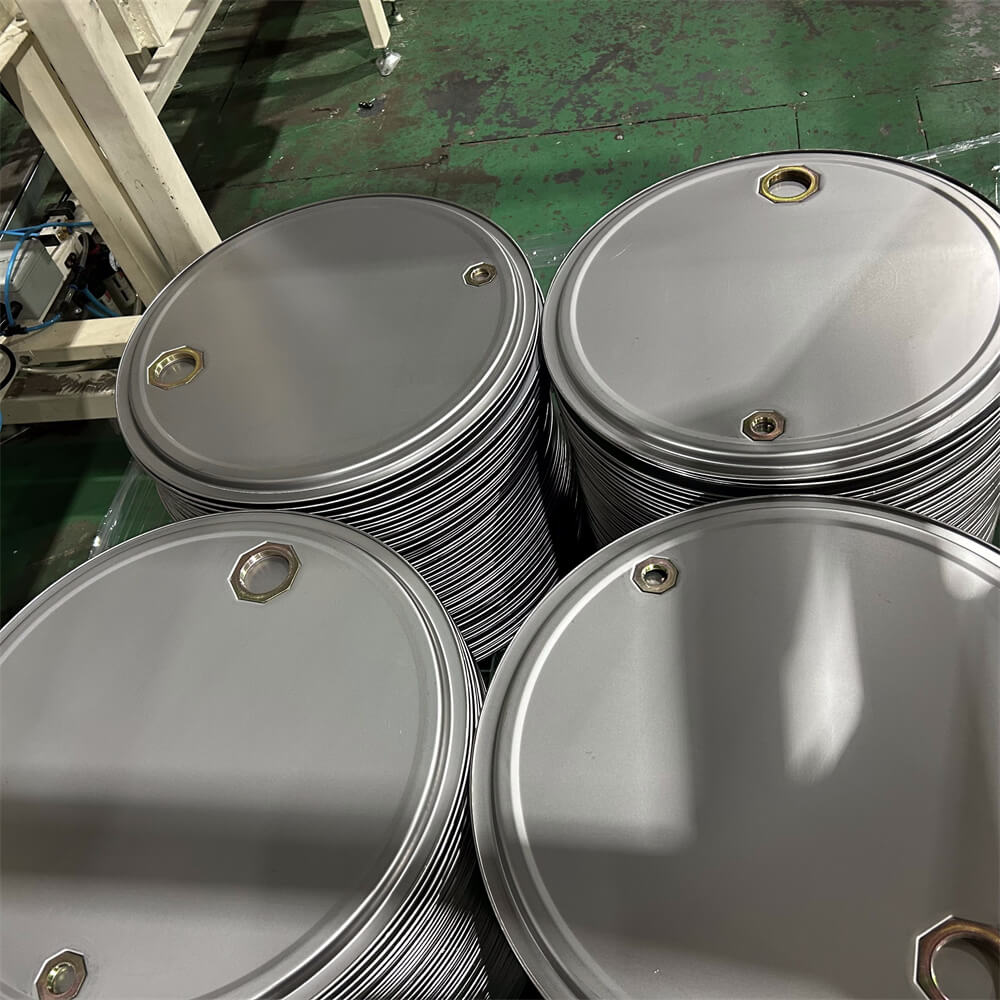
Conclusion: As the world moves towards a more sustainable and interconnected future, the oil barrel industry is poised for transformation. Sustainability, innovation, technology integration, regulatory compliance, and geopolitical factors are all expected to influence the trajectory of oil barrel development. While the industry’s foundation remains rooted in the energy sector, its adaptability to evolving market demands will determine its relevance and longevity in the years to come.

